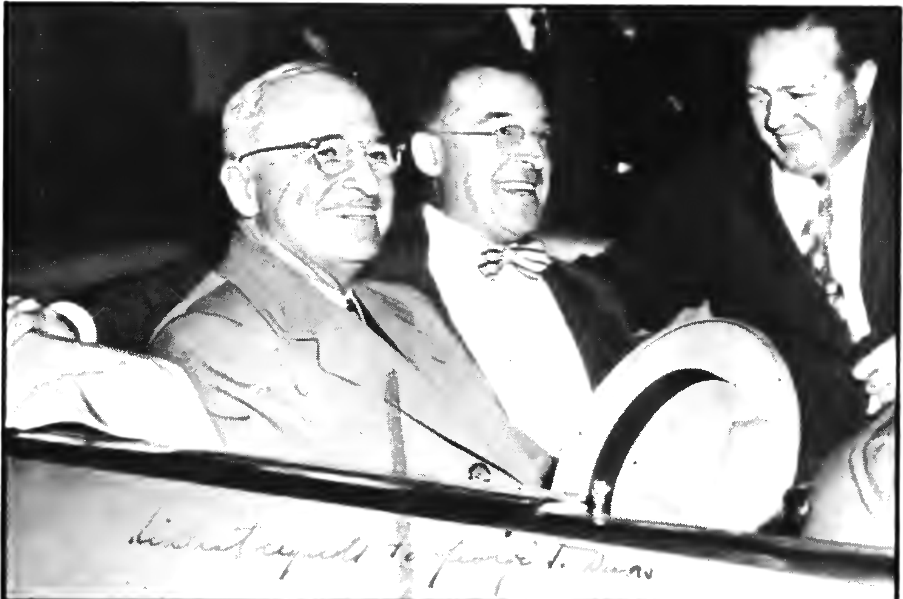<![CDATA[On the 29th August 1945 President Harry Truman gave the US Secretary of the Navy the power to seize control of, and run, a host of oil refineries and transport companies. Officially the Second World War was still active, if in its dying embers, however the list was not of Japanese or German companies but those who were supplying the US. Executive Order No. 9639 was issued in anticipation of an oil workers strike which seemed more and more likely. Under the order, the Navy would seize control of plants owned by the Gulf, Shell, Standard and Union oil companies. Truman and his advisors were aware that once the war was officially over a massive demobilisation program would be required to return military equipment and personnel home. The war may have been coming to the end, but the demands on the oil industry remained. In these circumstances, it was crucial for the President to avoid a crippling shut down of the oil industry. As the outcome of the war became obvious, oil and chemical industry workers prepared to strike. They had worked longer and harder supporting the US war effort, and wanted a return to their pre war forty hour week in response to the impending victory. On top of this, lingering resentments about the disproportionate wealth of oil company CEO's had come to the fore, especially with threats of a decrease in worker's wages after the war. An emergency board was formed under the president's orders to negotiate a settlement between the Oil Workers' Union and representatives from the industry. The board failed to broker an agreement, and on 25th August the union seemed intent on making a statement by carrying out the strike. Once the Navy intervention started, the oil workers accepted the administrations terms and the strike came to an end. The oil workers strike was averted, but the event signalled the start of increasingly strained labour relations during the Truman administration. The transition from wartime to peacetime economy was complicated and disruptive. America's entry into the Second World War and nationwide mobilisation had kick started the struggling economy out of the Great Depression. There was a widespread fear that a return to the peacetime economy could sink the country back into the mire. It was necessary to find employment for returning veterans while ensuring industry returned its focus back to the production of peacetime goods. The signs were bad as inflation rocketed in the months after the war and the government had to confront housing and consumer product shortages. This, combined with a significant fall in wages for many workers, ultimately led to the largest strikes in US history during the later part of 1945 and 1946. Among the strikes in this period were; * 10,500 film crew workers in March 1945 * 225,000 United Auto Workers in November 1945 * 174,000 electrical workers in January 1946 * 750,000 steel workers in January 1946 The depth, breadth and frequency of the strike actions put huge pressure on Truman, and led to many questioning his ability to cope with the need to rebuild the US economy while dealing strongly with trade unionists. Between January and June 1946 Truman's approval ratings dropped dramatically. There is also little doubt that the strikes caused huge disruption and hindered the US path to peacetime recovery. Ultimately the Navy's intervention on 29th August 1945 just delayed the proliferation of industrial strikes that followed the end of the Second World War. It signified that the pro active labour relations of Roosevelt's New Deal and the productive collaboration of the war years were coming to an end. Truman continued to intervene in strikes to try and bring them to a swift conclusion and avoid industrial disruption, right up until the Korean War in 1950. The precedent set in 1946 would go onto become hugely influential in the development of labour relations in the US later in the twentieth century, and the consequences can still be seen today. ]]>
The Changing Face of Labour Relations After World War Two
